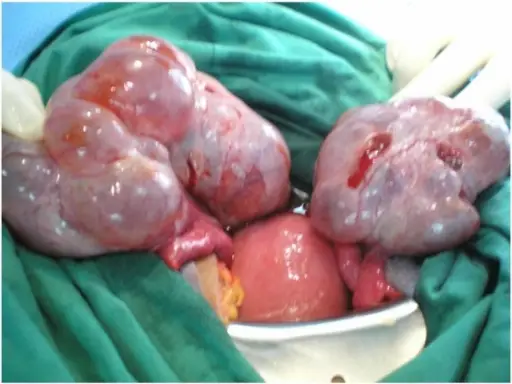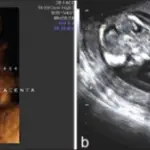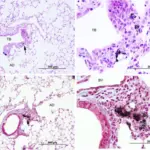An Invasive Mole is a subtype of gestational trophoblastic neoplasms (GTNs) that usually develops from the malignant transformation of trophoblastic tissue after molar evacuation.
What is the Pathology of Invasive Mole?
The pathology of the invasive mole is:
-Etiology: The cause of invasive mole is the evacuation of a molar pregnancy.
-Genes involved: None.
-Pathogenesis: The sequence of events that lead to invasive mole shows molar gestation invading myometrium or uterine vessels.
-Morphology: The morphology associated with invasive mole shows edematous trophoblastic tissue and hydropic chorionic villi invading the myometrium with or without vascular and extrauterine invasion.
-Histology: The histology associated with invasive mole shows abnormal (dysmorphic) chorionic villi and extravillous trophoblast invades myometrium and blood vessels.
How does Invasive Mole Present?
Patients with invasive mole typically affect women present at the age range of childbearing/reproductive. The symptoms, features, and clinical findings associated with invasive mole include vaginal bleeding and persistent elevation of hCG.
How is Invasive Mole Diagnosed?
Invasive mole is diagnosed using blood tests and radiologic examination.
How is Invasive Mole Treated?
Invasive mole is treated with chemotherapy.
What is the Prognosis of Invasive Mole?
The prognosis of an invasive mole is good with an 80 percent cure rate.



